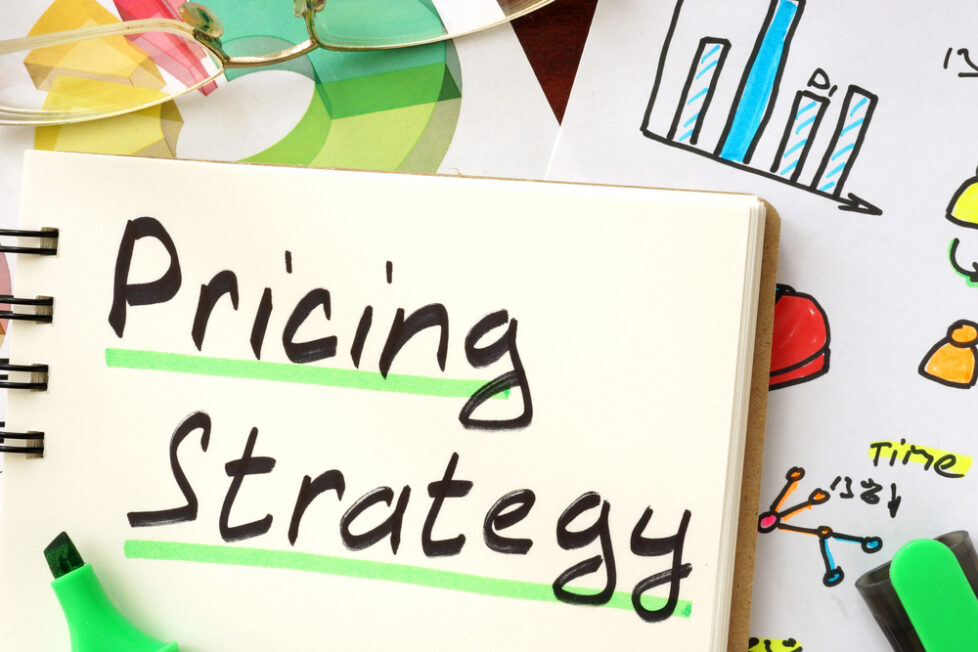8 Key Affordable Pricing Strategies for Restaurant Businesses


LINKS TO CONTENT
ToggleFor restaurants, menu pricing is a key to success. An efficient pricing strategy does what it does: recovers costs. However, it also embodies value for what is offered to customers while maximizing profitability. Herein is a guide to help you understand and implement the pricing strategies that will lead to a more profitable and well-run restaurant.
Knowing your true costs will help determine your optimal menu prices. They will include food costs and operational costs. Start with how much the menu item actually costs you. That is what the ingredient cost is combined with other direct costs affecting the dish. This can be done with a recipe cost card that includes all ingredients, their portions, and columns indicating their costs.
Added to this are operational costs like labour, utilities, and rent. These indirect costs have to be added up into the price to let menu pricing cover all expenses and be conducive to profitability. One of the more common methods to accomplish this is through a cost-plus pricing strategy. This is where a markup above the cost of the dish is added to cover overhead and create profit.
Setting competitive yet profitable pricing becomes very relevant in understanding the market and competition. Conducting research on a market will let you understand how much consumers are willing to pay for offerings like yours in your location. Scan menus for trends in pricing and to identify any voids in the market your restaurant will fill.
Well, the competitive pricing can favor a business on behalf of customers and help the business retain decent levels of profitability. For example, if your restaurant offers unique experiences or very high-quality ingredients, then charging higher prices compared to other local competitors is quite justified. On the other side, matching competitor prices will help you stay competitive, especially in price-sensitive markets.
Value pricing is based on the value of the perceived menu items, not on cost. This requires knowledge of what a customer values most about your restaurant: be it premium ingredients, exceptional service, or a unique ambiance.
The price should be matched with the perceived value, charge premium prices where customers have a notion that the item is special or highly elusive. For example, dishes prepared from very rare or high quality ingredients are offered at a premium price if the customers perceive that as a luxurious experience. This approach helps capture more money from customers who are willing to pay for enhanced value.
It can manipulate customers’ perceptions of value and price. Some of the techniques in psychological pricing are the use of a slight discount below a round number, like $9.99 as opposed to $10.00, to make people think that things are less expensive. Another example is price anchors, where the perception of a customer is one in which they view an item as a better value if higher-priced items were shown first.
Consider bundling things where you give a meal deal, including an appetizer, entrée, and dessert for a set price. Bundling will enhance customers’ perceived value and give them the propensity to spend more than they would have if the items were ordered separately.
A restaurant loyalty program, when well-structured, improves customer retention and aids in underpinning your pricing strategy, thereby rewarding repeat customers with discounts or special offers to build lifetime value.
Design your loyalty program around your pricing strategy. Examples might include earning points for dollars spent or special discounts on higher-priced items. If your loyalty program is successful, it will drive sales and enhance customer satisfaction, offsetting the cost of discounts by driving more significant overall revenue and engagement.
Menu pricing is not an operation done once and for all; it’s a continuous process. Periodically review your menu prices and costs for proper coherence with the market conditions. Also, they meet the financial goals of your restaurant. Keep a tab on the fluctuations of ingredient prices, changes in labor costs, and other variables of customer preference.
You want to review these prices from time to time. This is so that you will ensure profitability without losing the satisfaction of your customers. For instance, if it is pretty sure that the ingredient prices have risen relatively high, then you either adjust the pricing or change your menu to include ingredients at a lower price.
Apply variable prices to achieve maximum customers and revenues. Tiered pricing can be envisaged for different menu categories. For example, premium versions of the most popular dishes can be priced higher. Value-added offers in the form of special promotions, discounts, and seasonal menus attract customers and thereby drive sales during periods of low demand.
Monitor your pricing strategy by observing sales data, customer feedback, and profit margins. This will establish if your pricing is effective in attaining set financial goals. It will also ascertain whether you are satisfying your customers.
Pricing changes should, therefore, be regularly checked for their effect on sales volume and profitability. For example, if a price increase made big cuts in sales, one would want to relook at the strategy or work on ways to improve value perception.
A restaurant business cannot survive without effective pricing strategies. For companies in particular, covering costs, perceived value, and profitability must be balanced. Figure out the menu pricing by estimating costs and market research, as well as value-based and psychological pricing methods. This is so that you can charge prices for your offerings that reflect their value and drive financial success. Review and update prices from time to time. Allow for flexible pricing of the different options. Then, performance should be measured regularly to adjust to change and ensure a profitable and well-managed restaurant business.
